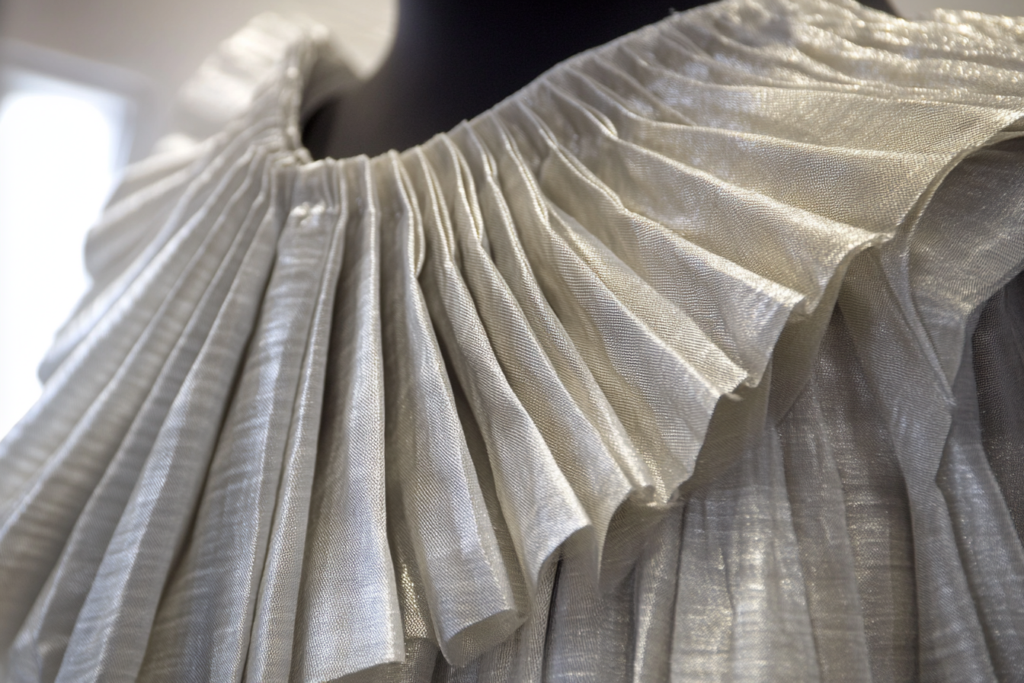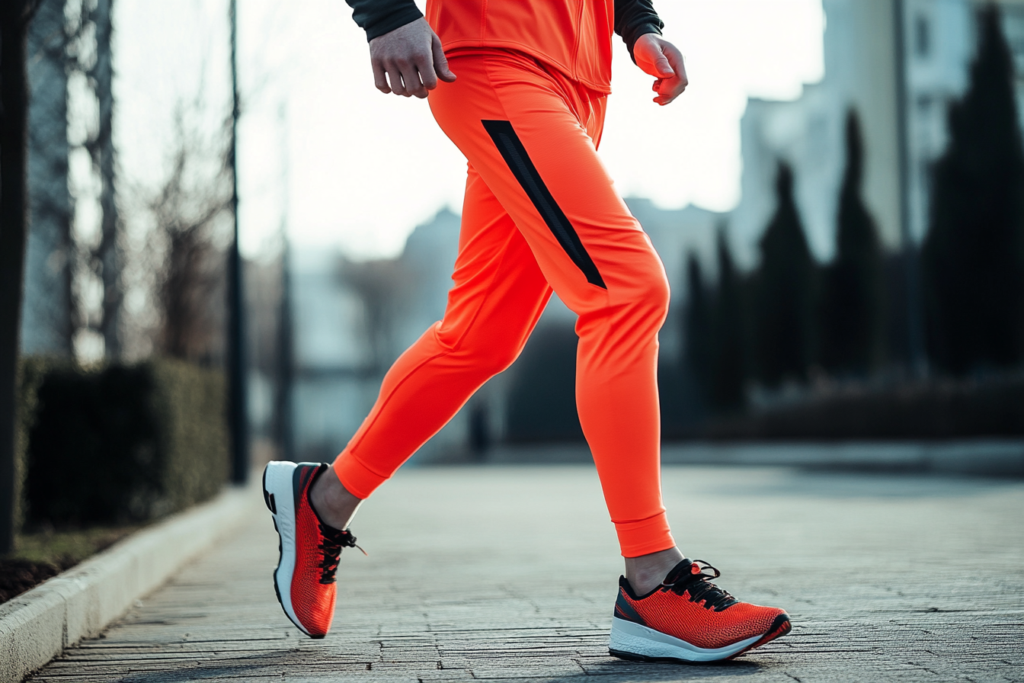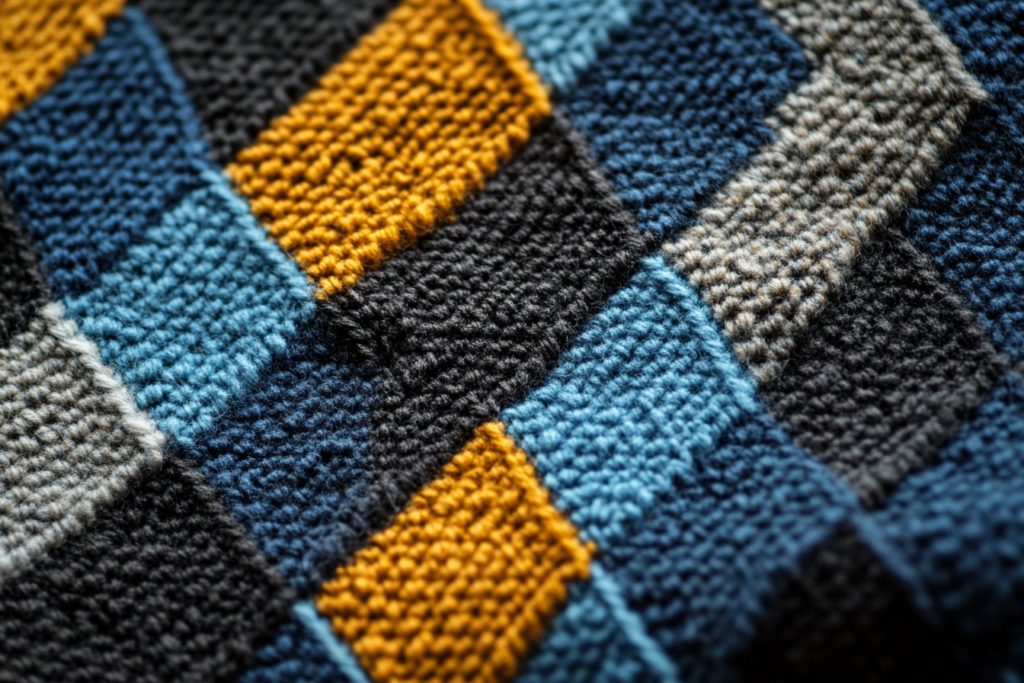Top of Production Sample (TOP): Ensuring Quality and Consistency in Garment Production
Meta Description: The Top of Production Sample (TOP) is the first batch of clothing samples used for quality control. Learn how TOP ensures that a garment meets design, functionality, and quality standards before it goes into full production.
What is a Top of Production Sample (TOP)?
The Top of Production Sample (TOP) refers to the first batch of clothing samples produced during the manufacturing process of a new product line. This is a crucial step in the production cycle, as it ensures that the garment meets the desired quality, fit, and design specifications before mass production begins.
The TOP sample is typically selected from the initial run and sent to the quality assurance department for testing and evaluation. The sample is compared with the trial production sample (often an earlier prototype) to verify that all aspects of the design have been accurately implemented. Once the TOP sample is approved, the production process can continue, and the clothing can be mass-produced and sold.
Importance of the Top of Production Sample (TOP)
1. Quality Control
- The TOP sample serves as the first point of quality control. By inspecting the sample, manufacturers can identify any issues in the fabric, fit, or construction before moving into full-scale production. This step ensures that the final product will meet the brand’s quality standards and satisfy customer expectations.
2. Verification of Design and Functionality
- The TOP sample allows designers and product managers to confirm that the design has been correctly executed and that the garment functions as intended. It’s the first opportunity to assess the fit, seam construction, color, and detailing, making sure everything matches the original concept.
3. Material Testing
- The materials used in the TOP sample are tested to ensure they meet performance standards. Whether it’s fabric durability, stretchability, or colorfastness, testing at this stage helps identify any potential issues with the materials that could affect the quality or longevity of the garment.
4. Cost and Production Feasibility
- By reviewing the TOP sample, manufacturers can assess whether the garment can be produced at the desired cost, keeping the production process within the budget while ensuring high-quality standards. Any unexpected complications or cost overruns are identified early, allowing manufacturers to adjust their approach.
5. Feedback for Improvements
- The feedback obtained from the evaluation of the TOP sample can be used to make necessary adjustments or improvements to the garment before mass production. Whether it’s tweaking the design, altering measurements, or switching fabrics, the TOP sample provides valuable insights that can help improve the final product.
The Process of Creating and Evaluating a TOP Sample
Step 1: Production of the First Batch
- The first batch of clothing is produced based on the finalized design and specifications. This batch is often the first real test of how the garment will come together in the production environment.
Step 2: Inspection by Quality Control
- Once the first batch is produced, the quality control team inspects the sample carefully, checking for issues such as fabric defects, poor stitching, incorrect measurements, and design flaws.
Step 3: Comparison with Trial Samples
- The TOP sample is compared to the trial production sample (earlier prototypes) to check for any discrepancies. This ensures that the final design and function match the original specifications.
Step 4: Testing of Materials
- The materials used in the garment, such as fabric, buttons, zippers, and other trims, are subjected to various tests. These may include durability tests, colorfastness, and washing resistance.
Step 5: Approval or Revision
- Once the sample has been thoroughly tested and evaluated, the quality assurance team either approves the sample for mass production or requests revisions. If revisions are needed, adjustments are made, and a new TOP sample is created and evaluated again.
Key Components Evaluated in a TOP Sample
📌 Fabric and Material
- Is the fabric of the correct weight and texture? Does it meet durability standards for the intended use of the garment?
📌 Fit and Sizing
- Does the sample fit as expected? Are the sizes consistent with the size chart? Are adjustments needed for better comfort or appearance?
📌 Construction and Stitching
- Are the seams strong and properly finished? Are there any loose threads or stitching errors that could affect the garment’s durability?
📌 Color and Pattern
- Does the color of the garment match the design specifications? Are the prints or patterns aligned correctly?
📌 Trims and Details
- Are the buttons, zippers, pockets, and other trims properly sewn on? Do they function as intended, and do they match the design?
The Role of the TOP Sample in the Supply Chain
The TOP sample plays a critical role in ensuring that the production process runs smoothly and that the end product meets the required quality standards. It bridges the gap between the design phase and full-scale production, providing both the manufacturer and the brand with confidence in the quality and functionality of the garment.
Here’s how the TOP sample fits into the larger supply chain:
| Step in Supply Chain | Purpose |
|---|---|
| Design | Finalize garment concept and specifications. |
| Sampling (TOP) | First full batch for quality assurance. |
| Approval/Revision | Evaluate if adjustments are needed based on TOP sample. |
| Full Production | Begin mass production of approved design. |
| Distribution | Deliver garments to retailers and customers. |
Conclusion: The Importance of the Top of Production Sample
The Top of Production Sample (TOP) is an essential step in garment manufacturing. It ensures that all elements of the garment, from design to materials, are aligned with the final product goals. By catching issues early in the production process, the TOP sample helps maintain quality, cost-efficiency, and timeliness in the production cycle.
With the TOP sample acting as a checkpoint, brands and manufacturers can confidently move forward with mass production, knowing that the final product will meet both aesthetic and functional standards.



